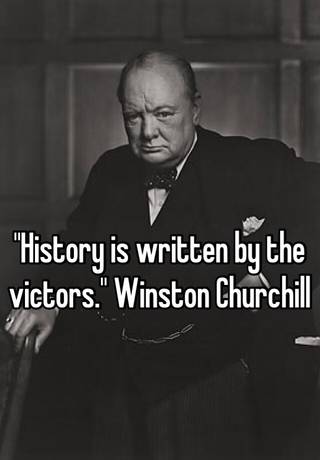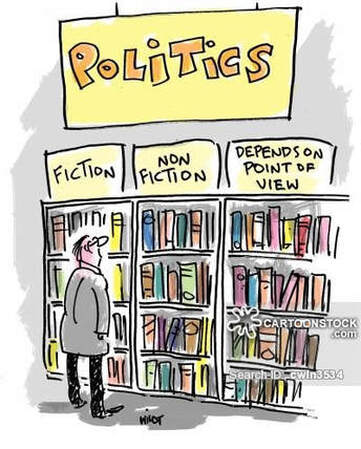How do we get to the truth?
|
When we read history (or anything for that matter), we tend to assume what we are reading is true. However, many times it doesn't include every fact and every perspective. The voices and perspectives of the victors in history are much more dominant than those who have been conquered, oppressed, and killed.
All works of history contain arguments In order to better understand the past, you need to read, analyze, and evaluate diverse primary and secondary sources. Always ask yourself when reading:
Identifying Point of View Bias Prejudice, a strong inclination of the mind or a preconceived opinion about something or someone. Point of View (More than just bias) The reason this author is creating this message at this time. What is the documents point AND point of view? Think About the Sources/Author's...
|

